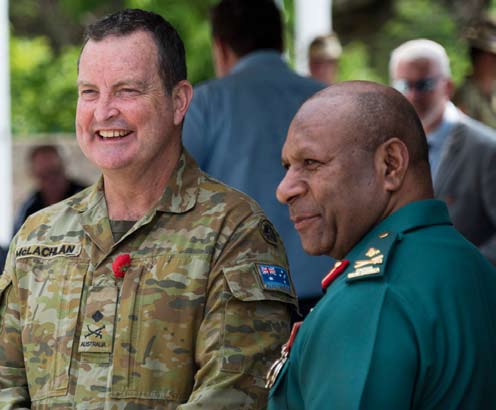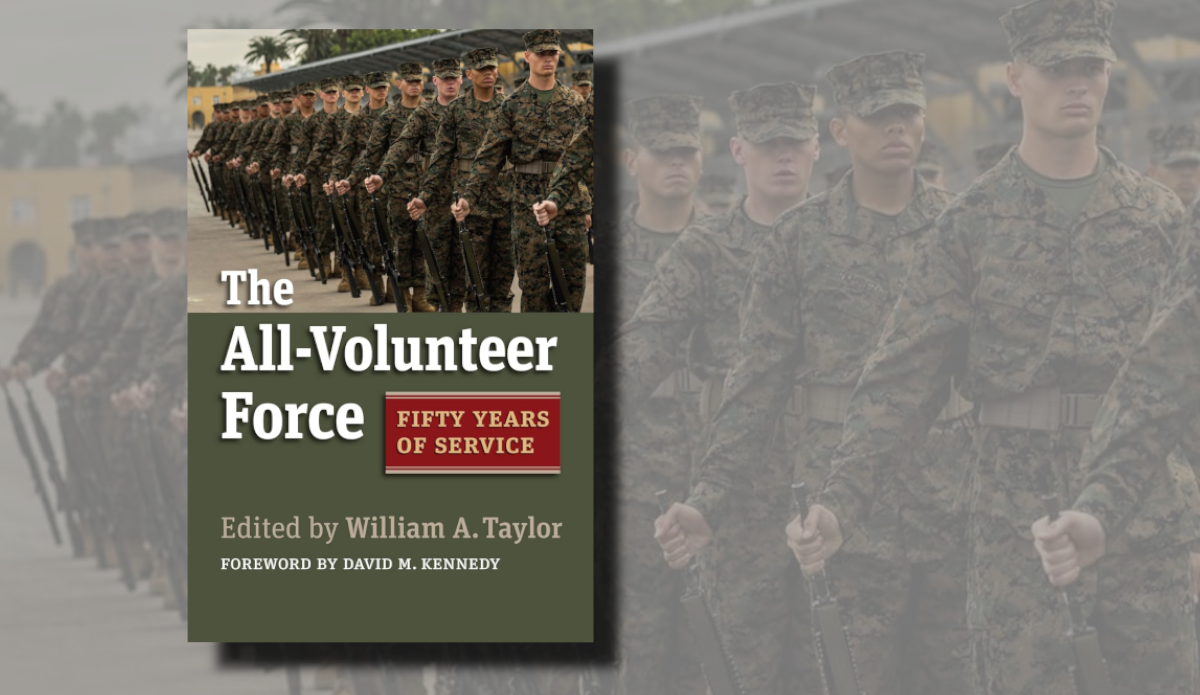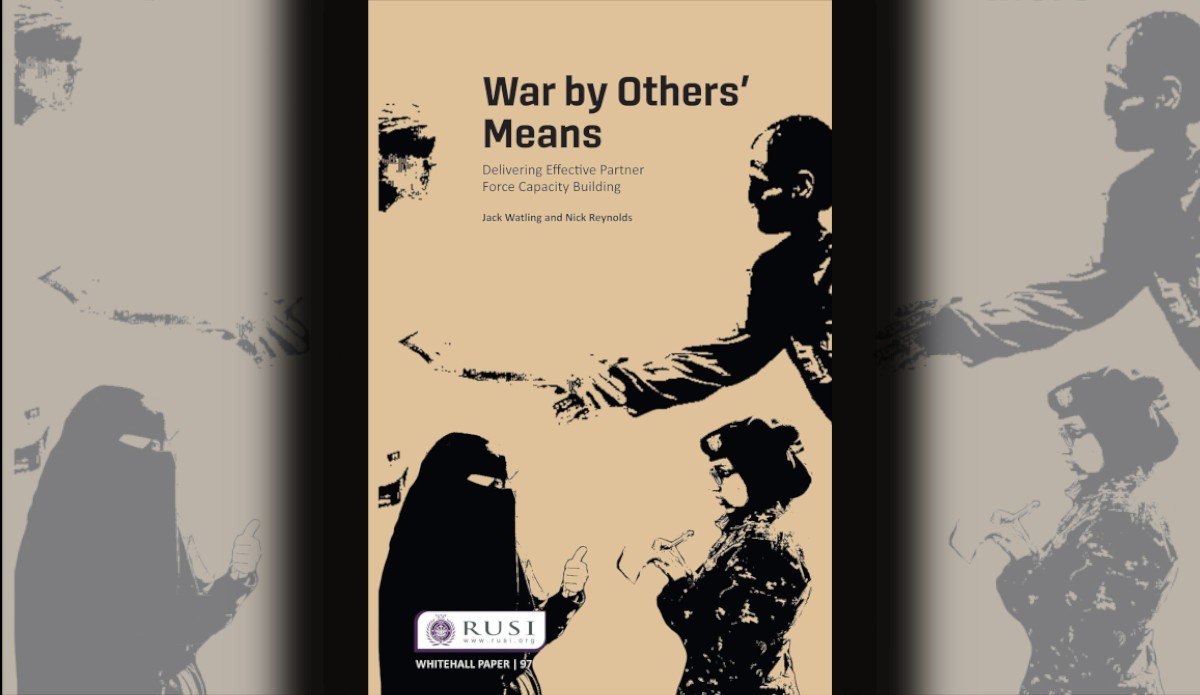Session 3: Generating Land Power through Partnering
Major General Greg Bilton, AM, CSC
Deputy Chief Joint Operations
Lieutenant General Rick Burr, our host, Land Force Commanders from across the globe, fellow panellists, distinguished guests, Ladies and Gentlemen, good afternoon. It is my privilege to provide the opening address introducing Session 3 on Generating Land Power Through Partnering. I will set the scene for presentations that will be delivered by my fellow panellists.
No doubt you have already observed that the panel of which I am a part includes Brigadier General Toropo, the leader of the military of our close neighbour Papua New Guinea, and representatives of other Australian Government departments and agencies, including Richard Sadleir from the Department of Foreign Affairs and Trade, and Assistant Commissioner Glenn Dunbier from the Australian Civil Military Centre. In the Australian Department of Defence we are not only focusing on building better partnerships with our international partners but we are also focussed on better integrating our efforts across the whole-of-government. Greater opportunities also exist for us to coordinate, or in some cases integrate, our efforts with those like-minded allies and partners who may also be conducting partnering activities in a third country. These endeavours to enhance and strengthen partnerships are essential if we are going to properly address the full spectrum of contemporary security challenges. Strong partnerships across government and with our international partners will enable us to underwrite regional security, stability and prosperity together.
Effective partnering builds trust, interoperability and understanding establishing the foundation for better information sharing. Many of the security challenges we confront are transnational and global. Threat elements look to operate from areas with limited governance: or where friction exits between different ethnic or religious groups; or under the cloak of criminal activity; or around borders or boundaries that are porous or insecure. If we are to confront and eradicate these threats, we need to better share information that enables actions to be taken to reduce the places and areas where these threat elements can operate. As part of our partnering efforts we need to build mechanisms for more effective information sharing. The Australian Army has accrued many years of experience in partnering with a broad range of international partners in multiple locations across the globe. As I speak, the Army is conducting partnering activities on operations in Iraq, Afghanistan, Egypt and South Sudan and on exercises and international engagement activities across the Indo-Pacific Region. From this deep well of experience we have learned that successful partnering requires us to be respectful of sovereignty, respectful of culture and alive to the needs, wants and desires of our partner. A genuine and successful partnership requires nothing less. In an international rules-based order, where the nation-state is central, respect for sovereignty is critical. Respecting culture is key to ensuring any planned partnering activities are nuanced accordingly and, while seemingly obvious, taking account of the partner’s requirements is essential.
In the context of generating land power through partnering the Australian Army’s most successful partnering efforts have been characterised by these principles. The approach has been based on up-front consultation with our partners to ascertain what they would like to achieve and why, balanced against our capacity to deliver. On the basis of this advice, the partnering options are developed to achieve the desired outcome. Once an agreed way ahead is determined, the partnering activities are conducted. Evolving our partnering efforts is also critical to ensure they remain relevant and useful. Matching our partnering efforts to the contemporary security threats and challenges ensures our partnering efforts are enduring. Simply conducting the same exercise with the same objectives year-on-year does not meet the requirement and will quickly render our efforts irrelevant.
The Australian Defence Force’s most contemporary example is our current work with the Armed Forces of the Philippines. As a consequence of the siege in Marwari, Mindanao, the Governments of the Philippines and Australia agreed to work together to build enhanced capability to counter the ISIS (Islamic State in Iraq and Syria) threat. The Australian Army was able to offer the contemporary experience of conducting operations in Iraq and Afghanistan fighting ISIS and the Taliban. Our understanding of the conduct of urban operations and the tactics, techniques and procedures used by ISIS in this environment has framed the training we have conducted with the Armed Forces of the Philippines. A comprehensive program of training activities was developed and have been running now for more than 12 months. The delivery of this training has been dynamic and flexible with changes being made to training programs at the request of the Philippines or as we find new areas of focus through working together. Over these first 12 months the training was used to train Filipino units with an emphasis on the conduct of urban operations applying the effects of the joint force. The next 12 months will focus on ‘train-the-trainer’ activities and evolving the training. We have been particularly grateful for the wonderful hospitality of our Filipino partners. We have learned much from them and built enduring relationships between military professionals. Notably the Defence activity in the Philippines is well integrated with the activities of other Australian Government agencies, particularly the Department of Foreign Affairs and Trade.
In times of crisis, the Australian Defence Force has been effective in integrating with whole-of-government efforts. Two good examples of Australian whole-of-government responses are the responses in East Timor and the Regional Assistance Mission Solomon Islands. While both responses involved partnering, Defence initially led the effort in East Timor, and played a supporting role in the Solomon Islands. The Solomon Islands example is notable as Defence supported a Department of Foreign Affairs and Trade and Australian Federal Police-led mission. Our challenge in Australia is to better integrate our whole-of-government efforts as part of normal business rather than just in times of crisis. Harnessing the full capacity of partnering efforts through effective whole-of-government integration makes us better partners. It will also ensure we optimise the use of resources across government.
The Australian Army has considerable experience in conducting partnering operations within coalitions. In both Iraq and Afghanistan, we have integrated our efforts with Coalition partners to deliver support to the Iraqi Security Forces and the Afghanistan National Defense and Security Forces. These efforts have been well-coordinated with respective nations making contributions that fully harness the respective capabilities and capacities of participating nations. Again, outside of bespoke operations, there are great opportunities for like-minded nations to coordinate or integrate partnering efforts to achieve a cohesive multilateral approach for the host nation where our respective national interests align. Normalising this approach rather than waiting for a crisis will garner optimised outcomes for the host nation. Some effort is being applied to achieve better multilateral approaches, but this work is in its infancy and needs our attention and drive to bring it to fruition.
The Australian Army, as part of the Australian Defence Force and on behalf of the Australian Government, continues to develop and maintain our relationships with allies and partners by acting transparently and through continual investment, taking either bilateral or multilateral approaches as appropriate. These relationships with partners underpin the Army’s operational effectiveness by building trust, developing interoperability and enhancing the understanding of Army personnel of regions, countries and cultures.
The Australian Army pursues a comprehensive and robust international engagement program principally informed by our Defence and Foreign Affairs White Papers. The Army program incorporates exercises, individual training, Army-to-Army exchanges, collaboration with foreign defence industries, overseas science and technology organisations as well as think tanks and senior officer engagements. This work is nested within Australian Defence Force and Department of Defence international engagement programs. There is a particular emphasis on building trust with focus placed on exercises with international allies and partners and senior officer relationships. These special relationships and shared understandings prove vital in the circumstances where armed conflict is likely or unavoidable, or when both partners need to draw on their respective trust of one another to help solve collective security problems as they arise.
The Australian Army has increased the scope and commitment of its international engagement in accordance with the objectives set out in the Defence International Engagement Plan. Army focuses on its core relationships, particularly in the realm of close combat, but will increasingly also seek to expand its exposure and influence beyond the land domain to include space and cyber, particularly in the areas of electronic warfare and cyber operations. This is framed in the context of the integrated joint force. Army will look for opportunities to collaborate with major partners and allies particularly in their science and technology research lines of enquiry.
The Australian Army is enhancing language proficiency, cultural self- awareness, and physical robustness to ensure that we can operate and thrive in foreign environments. A particular emphasis in this regard will be on the development of peer-to-peer relationships amongst our junior soldiers and officers, as well as the nurturing of senior relationships through army-to- army engagements. Our regional security, stability and prosperity key focus will be on the South West Pacific and South East Asia regions. Australia’s long-standing relationship with the United States and other ‘five eyes’ partners will be maintained as a critical and enduring priority.
The Australian Army has expended considerable effort on our partnering work over many years and this work will continue. We know that we can go to the next level if we normalise whole-of-government integration, normalise multilateral partnering through better levels of coordination and, where appropriate, integration of our collective efforts and improvements in information sharing. The success of our efforts will be underpinned by our approach, where we respect sovereignty, respect and understand culture and understand the needs and wants of our partners. This seminar provides us another opportunity to enhance our partnering efforts. Regional security, stability and prosperity relies on us working together and getting this right.
Thank you.

Figure 21. Major General Gilbert Toropo, DMS, CBE (right), Commander of the Papua New Guinea Defence Force pauses with Major General Paul McLachlan, AO, CSC during the Asia Pacific Economic Cooperation conference to commemorate Remembrance Day 2018 at ceremonies in Port Morseby. The ADF, upon request of the PNG Government, provided a Joint Task Force to support and assist the PNGDF with their mission to proivde security for the conference. Major General Toropo addressed CALFS 18 and discussed how smaller nations view partnering and how the PNGDF generates its land power through partnering with the Australian Defence Force, its largest bi-lateral partner. (Image: DoD)



